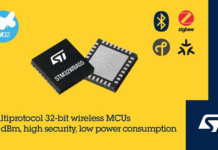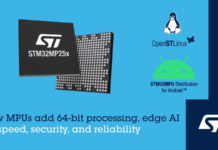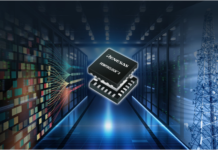Silicon Carbide devices are enabling the future of power electronics. Silicon carbide, the member of Wide Band Gap Semiconductor group is seen as the twenty-first century replacement of silicon everything from automotive to industrial, wind turbines and solar inverters. SiC has an outstanding thermal performance, power switching frequencies, and power ratings compared with silicon. It has the potential to deliver high-power switching applications in extreme environments.
Yole’s analysts forecast a US$1.4 billion SiC power semiconductor market by 2023. The question for the SiC device market today is how big it will be in five years, rather than whether the market will increase. The SiC power device market outlook is promising as market adoption is ongoing. Let us see what major key players have to say
Factors Hindering the Growth of Silicon Carbide Power Devices and How to Address Them?
STMicroelectronics: Today, ST is among the few suppliers of SiC devices and the only one with automotive grade SiC in production. From this, it’s easy to see that the biggest inhibitor to the growth of SiC today is, frankly, capacity. As the industry addresses its capacity limitations — and you may recall that ST announced a supply agreement for SiC wafers with Cree in Jan, we announced the acquisition of a majority stake in wafer-manufacturer Norstel, and we’re expanding our SiC manufacturing capacity. All of these efforts are consistent with our goal of sustaining an important share of the SiC market into the future.
Toshiba Electronic Devices & Storage Corporation: Cost. The cost of Silicon Carbide semiconductors is still higher than that of Silicon ones. We continue to develop technologies for reducing the production cost – for improving its yield rate, for example.
ON Semiconductor: SiC is now well proven across multiple market segments and applications. Although there are always new applications with associated reliability and design challenges, how to appropriately incorporate SiC into new systems and platforms is well understood. The biggest factor hindering growth is cost. Today SiC provides savings at the system level with the electric vehicle transformation creating a catalyst for dramatic growth over the next 3-5 years. However, even greater growth will be realized when SiC can be provided with a lower cost than silicon based IGBTs at the device level. In order for this to occur, sub $500 SiC substrate costs must be achieved which could potentially occur within the next 3-years.
ROHM Semiconductor: We believe that now it has entered a full-scale spread period beyond the period when SiC power devices were expected as next-generation devices. The number of application examples also increased, and great growth is expected in the future. (Refer to Q3)
Initiatives for Making Silicon Carbide Portfolio Stronger
STMicroelectronics: In January, ST announced a multi-year quarter-billion dollar SiC-wafer supply agreement with Cree and in February we announced the acquisition of a majority stake in SiC-wafer manufacturer Norstel. We’re also expanding our SiC wafer processing fab consistent with our interest in sustaining an important share of the SiC market into the future. On the product side, ST’s portfolio of SiC MOSFETs includes devices from 650V to 1200V featuring the industry’s highest junction temperature rating of 200°C for more efficient and simplified designs, and our portfolio includes SiC diodes ranging from 600V to 1200V that feature negligible switching losses and 15% lower forward voltage (VF) than standard silicon diodes. We’ll continue to expand upon this to serve our customers.
Toshiba Electronic Devices & Storage Corporation: We don’t consider any acquisition in SiC business now. However, we prepared 6-inch line for expanding production capacity of SiC power devices.
ON Semiconductor: Although I cannot comment on any specific initiatives underway at ON Semiconductor, we are always looking for inorganic opportunities that facilitate greater than 2 x market growths. Initiatives could include opportunities that allow us to strengthen the performance and breadth of our current SiC product portfolio along with opportunities that accelerate SiC cost reductions in the area of substrates.
ROHM Semiconductor: In 2010, ROHM was the first in the world to succeed in mass producing SiC MOSFETs and continues to lead the industry in developing and mass producing SiC power devices. On the other hand, we have established a vertically integrated production system across the entire group, and have been working to increase the production efficiency by increasing wafer size and utilizing the latest equipment.
And the company recently announced plans to construct a new building at its Apollo plant in Chikugo, Japan, in order to expand production capacity to meet the rising demand for SiC power devices. ROHM will continue to make an aggressive investment to prepare for the expansion of demand for SiC power devices.
Major Industry Verticals Focusing Under Silicon Carbide Product-Line
STMicroelectronics: ST is currently the only — or one of the only — suppliers of automotive-grade SiC in volume. So clearly the Car Electrification market is a very important segment for us. We also see very strong advantages for SiC in high-end Industrial applications (i.e. Charging Stations, Energy Storage, Solar, and Industrial Drives)
Toshiba Electronic Devices & Storage Corporation: We mainly focus on a railway system market now, but we expect that an automotive market will expand in the future.
ON Semiconductor: Given ON Semiconductor is an industry leader in power management devices, we are focused on the highest growth SiC industry verticals. We are already a leading supplier to the photovoltaic market providing hybrid power integrated modules (PIMs) using 1200V SiC diodes and will soon provide full SiC modules that incorporate 1200V SiC MOSFETs. We are accelerating market share growth with our portfolio of 650V diodes in PFC applications for the networking and server power supply market. We are very well positioned for growth in the EV/HEV segment with high volume production of automotive grade SiC diodes and MOSFETs already taking place for OBC, DC-DC, and traction inverter applications at multiple top tier automotive suppliers. Modules are the future of SiC and ON Semiconductor both has released and will be releasing an even greater array of performance solutions over the next 3-years which support the highest growth industrial and automotive applications.
ROHM Semiconductor: The SiC power device market is expected to grow greatly in the future. This demand is expected to increase especially in the EV, energy, ICT and FA sectors, and the market will reach US $ 2.3 billion in 2025. For that reason, ROHM is proceeding the product development focusing on these fields.
Under a corporate objective of ‘Quality First’ established since its founding, ROHM utilizes a vertically integrated production system within the group that infuses superior quality into every process, from development to final testing, while also providing reliability traceability and an optimized supply chain. For SiC power devices as well, an integrated production system that covers everything from wafer fabrication to packaging is used to eliminate ‘black boxes’ during the manufacturing process, ensuring higher reliability and quality.
Especially in automotive market, this high quality is really important. ROHM quickly established automotive-grade quality and began supplying SiC Schottky barrier diodes for vehicle chargers in 2012 and SiC MOSFETs for DC/DC converters and chargers from 2017. ROHM will strive to further improve quality and strengthen its lineup to increase device performance, reduce power consumption, and achieve greater miniaturization.
Silicon Carbide Products for market?
STMicroelectronics: ST’s portfolio of SiC MOSFETs includes devices from 650V to 1200V featuring the industry’s highest junction temperature rating of 200°C for more efficient and simplified designs, and SiC diodes ranging from 600V to 1200V which feature negligible switching losses and 15% lower forward voltage (VF) than standard silicon diodes.
Toshiba Electronic Devices & Storage Corporation: In terms of our SiC lineups, we have discrete type and module type. We currently supply SiC module only for Toshiba Group, Toshiba Infrastructure Systems & Solutions Corporation (TISS). TISS produces electrical equipment (inverters) with our SiC modules for a railway system market.
ON Semiconductor: ON Semiconductor already provides a large portfolio of highly efficient 650V and 1200V SiC diode products for both industrial and automotive applications. In December 2018 we released our first 1200V SiC MOSFET at 80mohms which is qualified for both industrial and automotive applications. We have multiple 1200V SiC MOSFETs releasing throughout 2019 ranging from 20mohms to 160mohms. In the second half of 2019 we will be releasing 1700V SiC diodes along with our first 900V and 650V SiC MOSFETs. We plan to release our first 1700V SiC MOSFETs in mid-2020. Of course, all of these offerings will be available in die only form for module makers along with multiple discrete package and module solutions.
ROHM Semiconductor: ROHM’s portfolio is bare chips and discrete products of SiC SBD and SiC MOSFET and Full SiC power modules incorporating both the company’s SiC SBDs and SiC MOSFETs.
(Refer to https://www.rohm.com/products/sic-power-devices)
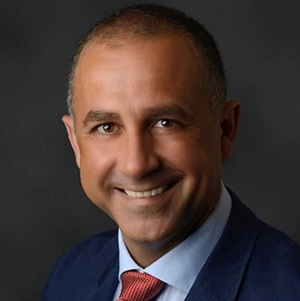
“Based on its advantages in a range of applications, we believe strongly in the future of Silicon Carbide. To be clear, SiC will NOT entirely replace IGBTs or Si MOSFETs, as these devices have different switching, power, and cost dynamics and are very well suited for many applications, but as our investment activity shows, we’re putting the resources in place to be a very significant player in a very healthy SiC market.”
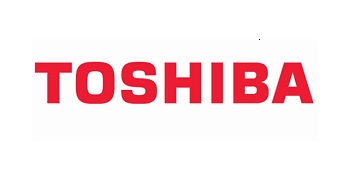
“We expect the demand for smaller and more effective devices in various industries drastically grows and SiC power devices is a key solution to respond the demand. We will expand our SiC business by developing SiC technologies, expanding product portfolio and reinforcing production capacity.“
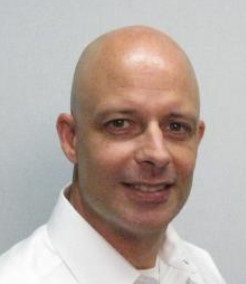
“SiC has a very promising future with its high efficiency attributes being a key driver facilitating the transformations currently taking place in solar and wind power, electric vehicles, cloud computing, and 5G communications. As a leading provider of power management products, ON Semiconductor is committed to being a leading supplier of SiC with the largest breadth of solutions at the lowest cost of ownership.”
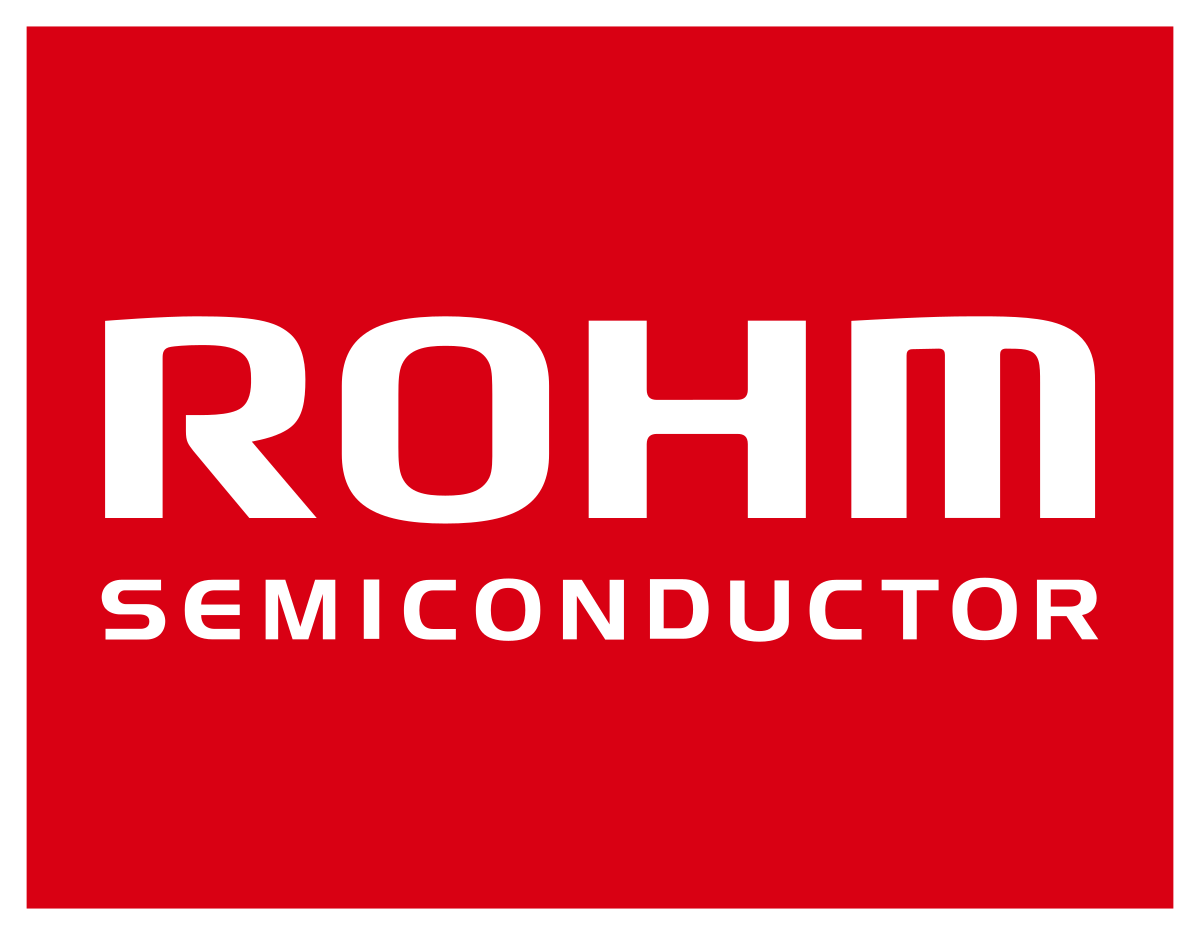
“ROHM will continue to propose unique solutions with not only SiC power devices, but also control ICs that maximize the performance of devices, and evaluation and simulation tools to support customers’ development environments in the future.
With increased demand from Industrial and Automotive sectors is driving the growth, we expect SiC to see a rapid growth cycle in the years to come in India as well as Japan, USA, Europe and China. ROHM India is also supporting customer’s application design using SiC devices and we believe that would help to accelerate the adoption of SiC by customer`s to realize efficiency improvement and high-reliability product design.
ROHM is a pioneer in the SiC MOSFET technology and has an aggressive roadmap to further improve the cost, performance metrics. ROHM is also working toward offering innovative solutions to further improve the system performance, form factor and cost. ROHM Semiconductor is also adding additional capacities to meet the future demand.”



